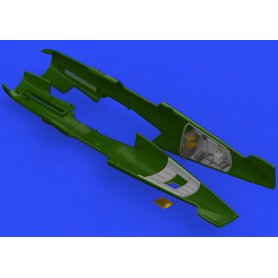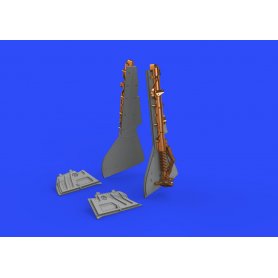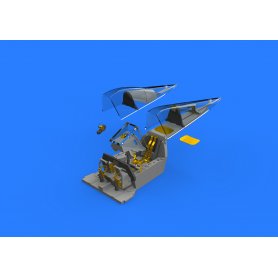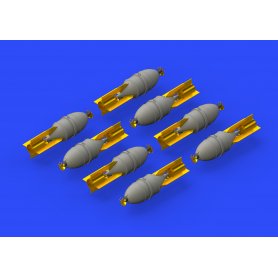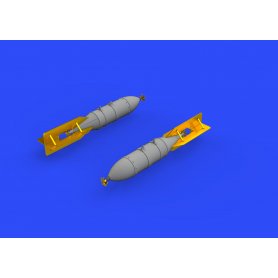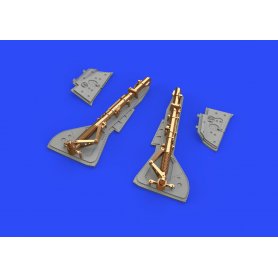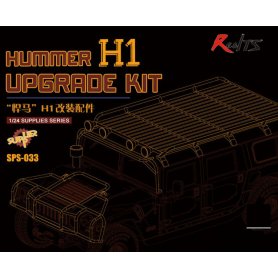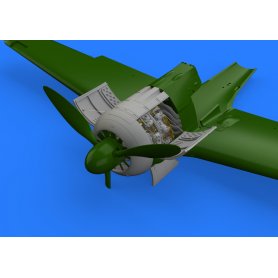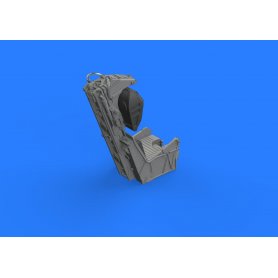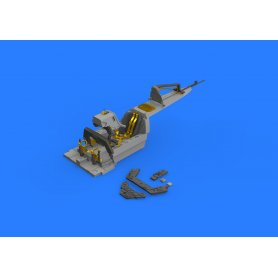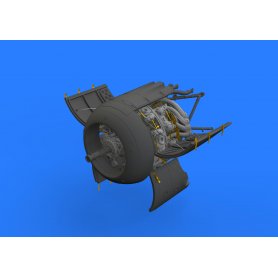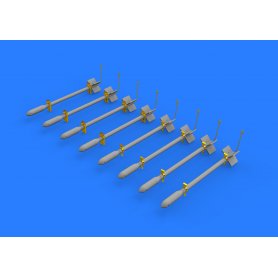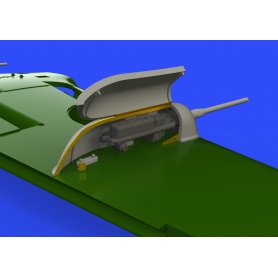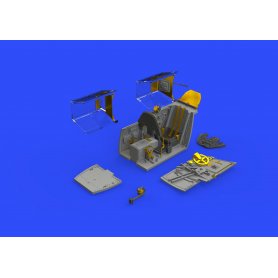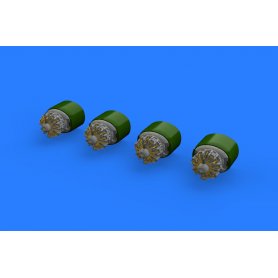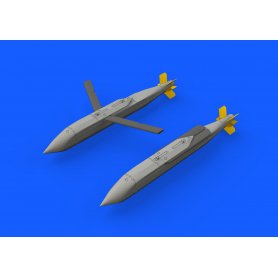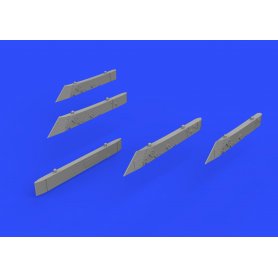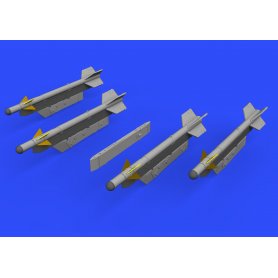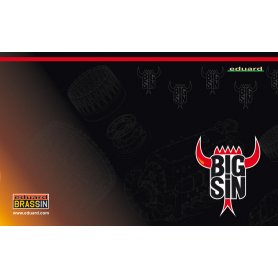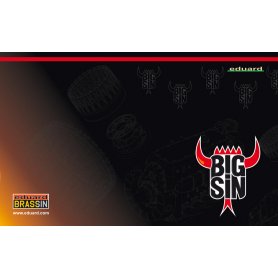Resin accessories are high-quality parts that allow for a significant increase in the level of detail on plastic models. Made from polyurethane resin, they feature much greater precision and crisper details compared to standard injection-molded parts. They enable modelers to create unique versions of vehicles, aircraft, or ships by adding elements the manufacturer didn't include in the kit or by replacing oversimplified ones. Working with resin requires a bit more care than handling plastic, but the final result fully compensates for the effort, allowing you to create a miniature that stands out for its realism and accuracy. This makes them an excellent choice for any modeler looking to take their build beyond what's offered straight out of the box.
Types and Applications of Resin Aftermarket Parts
Our range includes a wide variety of resin accessories suitable for nearly any modeling project. We offer complete detailing sets, such as highly detailed aircraft cockpits, interiors for armored vehicles, and engine bays. Individual parts are also very popular, such as wheels with realistic tire sag, gun barrels, ejection seats, and armament sets. For diorama enthusiasts, we offer a rich selection of resin figures, including tank crews, pilots, and soldiers from different historical periods. In this category, you can also find conversion kits, which allow you to rebuild a standard model into a less common variant, for instance, by fitting a new tank turret or a different type of aircraft fuselage.How to Work with Resin Parts?
Working with resin is straightforward if you follow a few basic rules. First, carefully cut the resin parts from their casting blocks, preferably using a modeling saw. Then, before gluing and painting, thoroughly wash each part in warm, soapy water to remove any residual mold release agent from the casting process. Use cyanoacrylate adhesives (CA glue) to bond resin parts to each other or to plastic. As resin dust is harmful to your health, sanding and cutting should be done in a well-ventilated area or while wearing a dust mask. Applying a primer before painting will ensure better paint adhesion and a durable finish.








